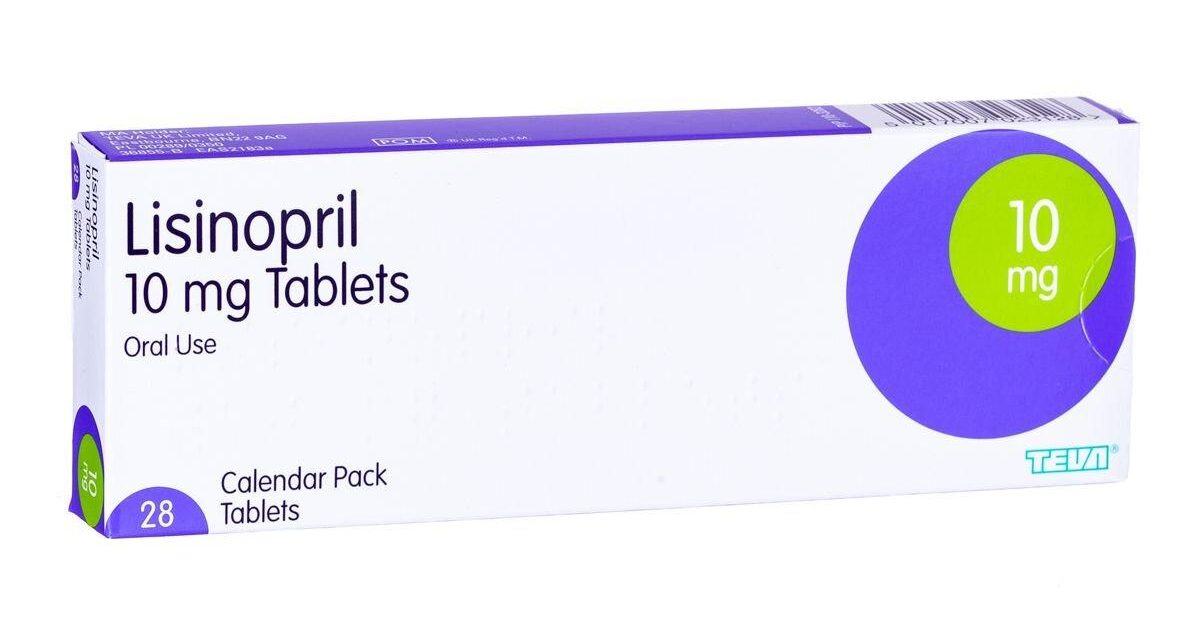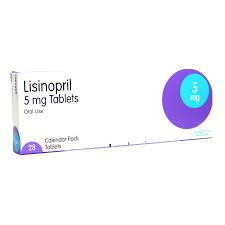How Long Does It Take Lisinopril to Work. 5 Things to Know About This ACE Inhibitor
Written by Fiona Hayes DVM | Reviewed by Uche Ruth
Updated on June 23, 2024
Key Takeaways:
- Lisinopril (Zestril, Qbrelis) is a medication commonly used to treat high blood pressure. It’s an angiotensin-converting enzyme (ACE) inhibitor, and it’s widely available as a lower-cost generic medication.
- It takes lisinopril about 1 hour to start lowering blood pressure, and it should keep working for up to 24 hours. To help keep your blood pressure within a healthy range, you should take lisinopril every day as directed by your prescriber.
- Most people take lisinopril once a day, with or without food. Research hasn’t found that taking lisinopril twice a day is any better than taking it once a day. And taking more pills during the day can make it harder for you to remember doses.
Table of Contents
Overview
Lisinopril (Zestril, Qbrelis) is a prescription medication that’s commonly prescribed for people living with hypertension (high blood pressure). It’s also FDA approved to treat heart failure and lower your risk of death after experiencing a heart attack. Lisinopril is part of a class of medications called angiotensin-converting enzyme (ACE) inhibitors.
Lisinopril works by stopping the formation of a protein in the body that causes blood vessels to tighten. Tighter blood vessels can cause your blood pressure to rise. With less of this protein around, blood vessels can relax and help blood pressure go down.
If you’ve just been prescribed lisinopril, it’s common to look up information about it. How long does it take for lisinopril to work? And is there a best time to take it? Below, we review five things you should know about taking lisinopril.
1. It takes lisinopril about 1 hour to start working
It takes lisinopril about 1 hour to start lowering blood pressure after taking a dose. Its peak effects happen around 6 hours after you take it. But for consistent effects and long-term benefits, it’s best to take lisinopril every day. When it comes to lowering cardiovascular risks after a heart attack or treating hypertension or heart failure, consistent treatment is key.
2. You can take lisinopril in the morning or at night
The best time to take lisinopril is when you’re most likely to remember it. Morning, midday, or at night doesn’t usually matter.
Many healthcare professionals recommend taking lisinopril in the morning. This can be because it’s easier for some people to remember to take it at that time of day. Some studies also suggest that blood pressure goes down overnight when you’re relaxed and then rises when you wake up. This can make a dose early in the day ideal.
However, this blood pressure pattern doesn’t occur in everyone. Some people experience higher blood pressure levels in the evening. And others don’t notice blood pressure trends based on the time of day. Talk to your healthcare team to determine which time of day would be best for you. But no matter when you take lisinopril, you should take it at the same time each day.
3. It’s not usually recommended to take lisinopril twice a day
Most people take lisinopril once a day. You can take lisinopril twice a day, but it’s not common. The specific dose (the number of milligrams) you take will depend on what health condition you’re taking it for and your response to the medication. It’s common to start with a lower dose and adjust it over time, if needed.
It’s possible that a prescriber may have people split their total daily dose and take it twice a day. For example, if you take 40 mg per day, your prescriber may recommend taking 20 mg twice a day. This decision would be made based on your unique response to lisinopril.
However, evidence doesn’t support twice-daily lisinopril dosages for most people. Research hasn’t found this to be any safer or more effective than a once-daily dose. And the more pills you have to take per day, the more likely it is that you’ll forget doses from time to time.
4. Lisinopril lasts for about 24 hours
Lisinopril’s blood pressure effects typically last for up to 24 hours per dose. But its greatest effects happen during the first 12 hours after you take it. And higher dosages (20 mg per day or higher) may have a greater impact for longer compared to lower doses.
What’s more, small amounts of lisinopril could still be present in your bloodstream for about 9 to 10 days after a dose.
5. You can take lisinopril with or without food
Food doesn’t change how lisinopril is absorbed by the body or how well it works. So you can take it with or without food. Though, taking it with the same meal every day is a good strategy to help you remember your doses.
Medications & Collections
These drugs are vital for controlling and improving the health of individuals with this condition. They include both preventive and symptomatic treatments.

Lisinopril 10mg
₦2,750

Lisinopril 20mg
₦2,850

Lisinopril 5mg
₦2,350
